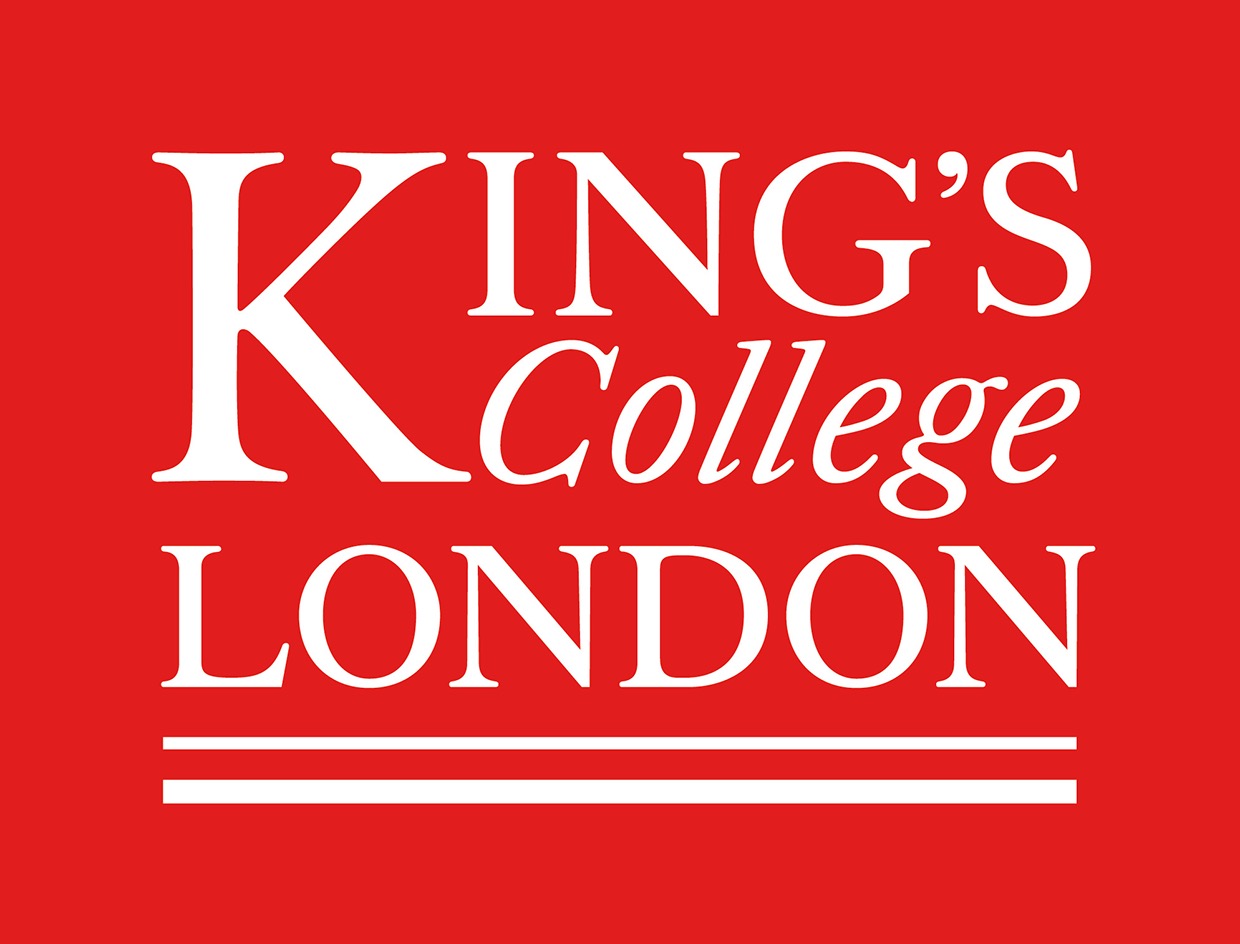Edited by Elizabeth Ezra and Catherine Wheatley
From the earliest days of film theory to the present, scholars of the moving image have made the claim that cinema is a medium that is particularly well suited to show us things. On film, all matter is ontologically equal – as Paul Willemen puts it, even the lustiest of genres, pornography, becomes overwhelmed by stuff when translated to screen: a literary fantasy can proceed very well, he says, without having to specify the pattern on the wallpaper; a filmic fantasy cannot (Willemen, 1992, p.179). In occupying filmic space, objects are a key component of mise-en-scène, but they also have a narrative function, and often carry symbolic or affective weight. Objects can be portable, like a glove or a rice cooker, or they can be part of the fabric of a place, like doors or floor tiles. Objects can also contain their own kinetic energy, whether self-propelling or animated by other forces such as electricity or wind. As with painted portraiture, objects in films can tell us about the socio-economic milieu of the characters, the era in which they live, and even the personalities or indeed obsessions of the people with whom they are associated. This is perhaps why the philosopher Iris Murdoch thinks of cinema as an art of the interior. As she puts it, objects in films are never normal, since they strike us there with a renewed force. Film, that is, shows us “a strange and startling world, disintegrated and distorted, and full of dramatically significant objects” (Murdoch, 1956/2016). And on screen, even humans themselves become objects, their faces transformed into “interesting surfaces” (1956/2016).
Introduction to Special Issue: Film Objects, Elizabeth Ezra and Catherine Wheatley
Full issue available to read here
